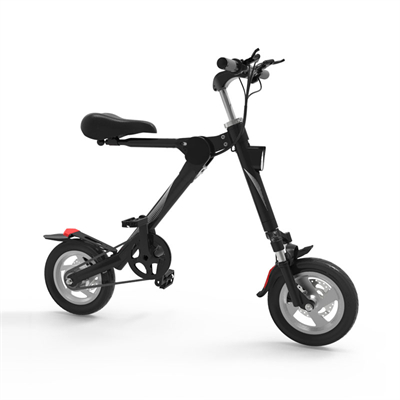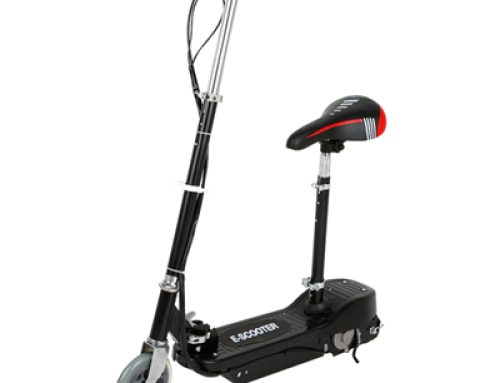Electric bicycle standards in Australia and New Zealand
With the continuous global calls for sustainable development, environmental protection and energy conservation have become the theme of the times. Low-carbon, low-consumption travel tools have become the darling of people all over the world in the new era. In response to the times, electric vehicles have developed rapidly and quickly become popular all over the world. In order to facilitate the management of various regions and countries, there are different management and import standards for electric vehicles.
The Australian Government’s Motor Vehicle Management Standards Act stipulates that all vehicles on the road must comply with Australian Design Rules (ADRs) before being listed on the market. The vehicles covered include bicycles and electric assisted bicycles. Its definition is as follows:
1. Two-wheeled and three-wheeled vehicles.
2. It is completely stepped on by manpower to make it move forward.
3. Electric-assisted bicycles are bicycles equipped with pedals, equipped with one or more power assist devices, and the maximum output power does not exceed 250 watts.
4. An electric bicycle is not an electric assisted bicycle. It refers to a small locomotive equipped with a motor and an engine. The cylinder capacity of the engine does not exceed 50C.C, and the maximum time does not exceed 50 kilometers.
The New Zealand government requires vehicles with a motor output power of less than 300W to be classified as electric bicycles. And must follow the same rules as bicycles.







